Name Keisuke Kinoshita | Role Film director | |
 | ||
Born December 5, 1912 ( 1912-12-05 ) Siblings Chuji Kinoshita, Yoshiko Kusuda Awards Mainichi Eiga Concours Award for Best Film, Japan Academy Prize for Special Award from the Chairman Nominations Academy Award for Best Foreign Language Film Movies Twenty‑Four Eyes, Carmen Comes Home, The Ballad of Narayama, Fuefukigawa, She Was Like a Wild Chrysanthemum Similar People | ||
The Ballad of Narayama, Keisuke Kinoshita, 1948 - It's Snowing, Mama! Scene
Keisuke Kinoshita (木下 惠介, Kinoshita Keisuke, December 5, 1912 – December 30, 1998) was a Japanese film director.
Contents
- The Ballad of Narayama Keisuke Kinoshita 1948 Its Snowing Mama Scene
- Nijushi no hitomi Twenty Four Eyes Trailer 1954
- Life and career
- Influence
- Filmography
- Honors
- References
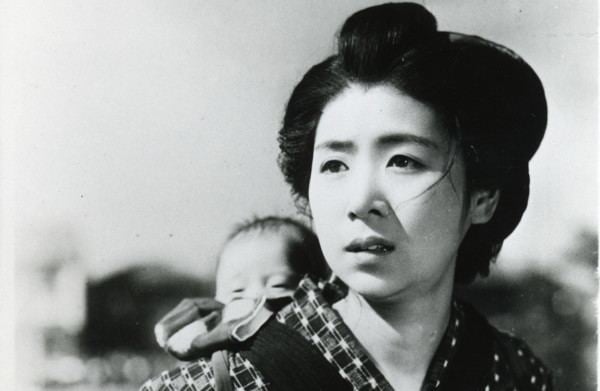
Kinoshita was highly prolific, turning out some 42 films in the first 23 years of his career. For this, Kinoshita explained that he "can’t help it. Ideas for films have always just popped into my head like scraps of paper into a wastebasket." While lesser-known internationally than contemporaries such as Akira Kurosawa, Kenji Mizoguchi and Yasujirō Ozu, he was nonetheless a household figure in his home country, beloved by both critics and audiences from the 1940s to the 1960s.
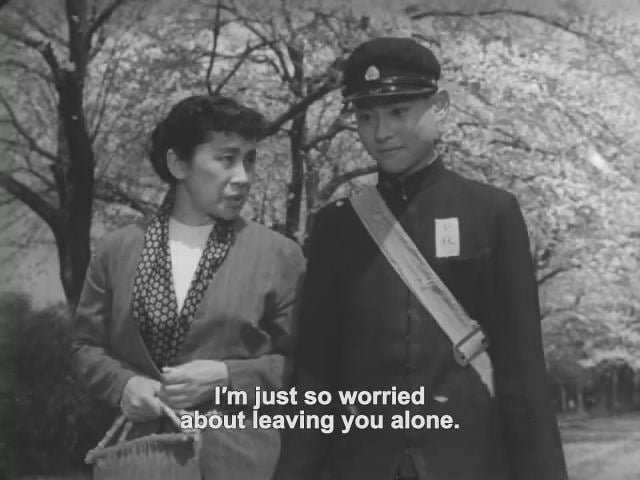
Nijushi no hitomi - Twenty-Four Eyes Trailer (1954)
Life and career
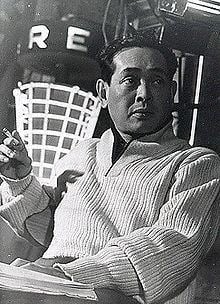
Born on 5 December 1912 in Hamamatsu, Shizuoka Prefecture, about halfway between Tokyo and Kyoto, to a family who owned a grocery store, Kinoshita was already a movie fan when he was eight. Vowing to become a filmmaker, he was, however, faced with opposition from his parents. When he was in high school, a film crew arrived in Hamamatsu for location shooting one day. He befriended actor Bando Junosuke when the latter came to his store for local products. Bando later helped him run away to Kyoto where most period films were made. But his grandfather came and took him back home the next day. His determination to become a filmmaker finally moved his parents into letting him pursue his own career and his mother even secured him an introduction to the Shochiku Kamata studios, where Ozu, Mikio Naruse and other famous directors worked. Without a university education, however, Kinoshita was not allowed to work as an assistant director and had to start as a photographer, for which he applied to the Oriental Photography School and graduated before he was finally admitted into Shochiku. There, he first worked in the film processing laboratory, then as a camera assistant, before he was advised by Kōzaburō Yoshimura to switch to assistant director.
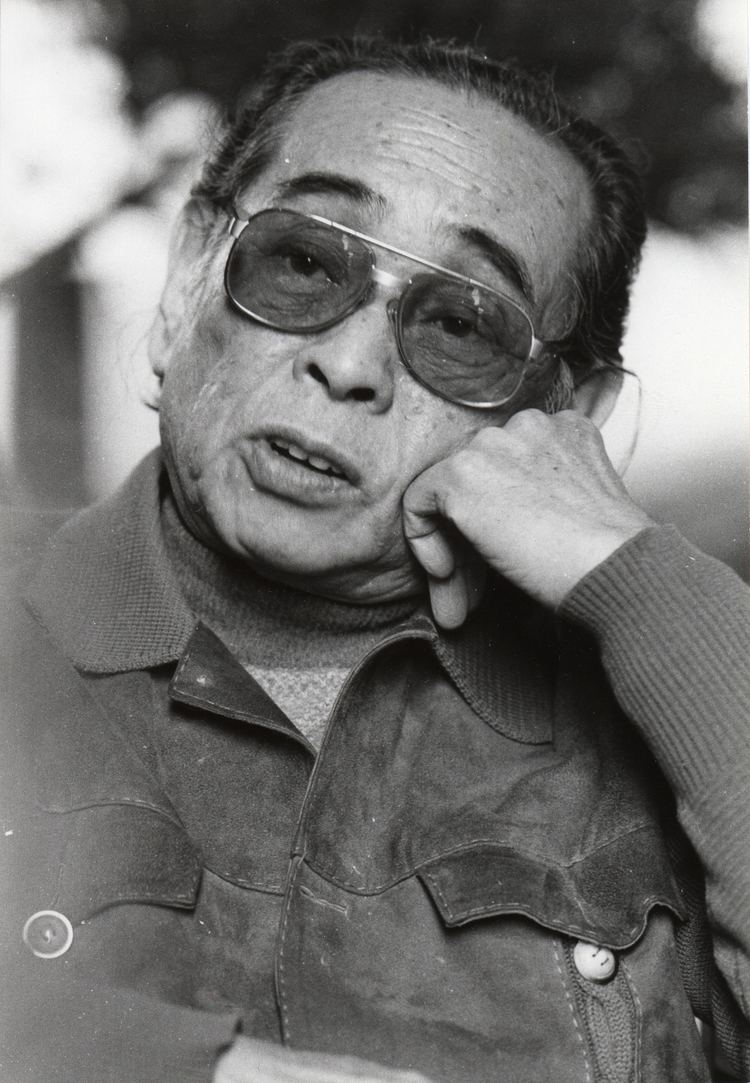
In 1940, Kinoshita was drafted into the war and went to China, but returned the following year due to illness. He re-entered Shochiku and was promoted to director in 1943. Adapting a famous novel, Kinoshita made The Blossoming Port with a large cast and budget. The same year also saw the emergence of another new director, Akira Kurosawa, but it was Kinoshita who won the much coveted New Director Award at the end of that year.
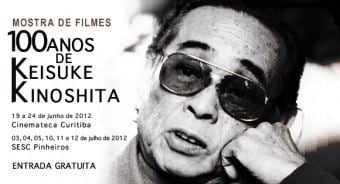
Throughout his career, Kinoshita made many films which were both critically and commercially successful, among which the best known were Morning for the Osone Family (Osone-ke no asa, 1946), Carmen Comes Home (Karumen kokyo ni kaeru, 1951) (made in Fujicolor, the first color feature of Japan), Tragedy of Japan (Nihon no higeki, 1953), Twenty-Four Eyes (Nijushi no hitomi, 1954), You Were Like a Wild Chrysanthemum (Yagiku no gotoki kimi nariki, 1955), The Ballad of Narayama (Narayama bushi kō, 1958)), and The River Fuefuki (Fuefukigawa, 1960). He refused to be bound by genre, technique or dogma. He excelled in almost every genre, comedy, tragedy, social dramas, period films. He shot all films on location or in a one-house set. He pursued severe photographic realism with the long take, long-shot method, and went equally far toward stylization with fast cutting, intricate wipes, tilted cameras, and even classical scroll-painting and Kabuki stage technique.
Although few concrete details have emerged about Kinoshita's personal life, his homosexuality was widely known in the film world. Screenwriter and frequent collaborator Yoshio Shirasaka recalls the "brilliant scene" Kinoshita made with the handsome, well-dressed assistant directors he surrounded himself with. His 1959 film Farewell to Spring (Sekishuncho) has been called "Japan's first gay film" for the emotional intensity depicted between its male characters.
Kinoshita received the Order of the Rising Sun in 1984 and was awarded the Order of Culture in 1991 by the Japanese government. He died on December 30, 1998, of a stroke. His grave is in Engaku-ji in Kamakura, very near to that of his fellow Shochiku director, Yasujirō Ozu.
In 2013 five of Kinoshita's films; Jubilation Street (1944), Woman (1948), Engagement Ring (1950), Farewell to Dream (1956) and A Legend or Was It? (1963) were screened in the Forum section of the 63rd Berlin International Film Festival.
Influence
In 1946 Masaki Kobayashi became his assistant, and later formed with him, Akira Kurosawa, and Kon Ichikawa a directors group called Shiki no kai (The Four Horsemen Club). The goal were productions for a younger audience.
Filmography
Honors
Two of Kinoshita's films won the Golden Globe for Best Foreign Film:
Kinoshita's 1961 film Immortal Love was nominated for the Academy Award for Best Foreign Language Film.
